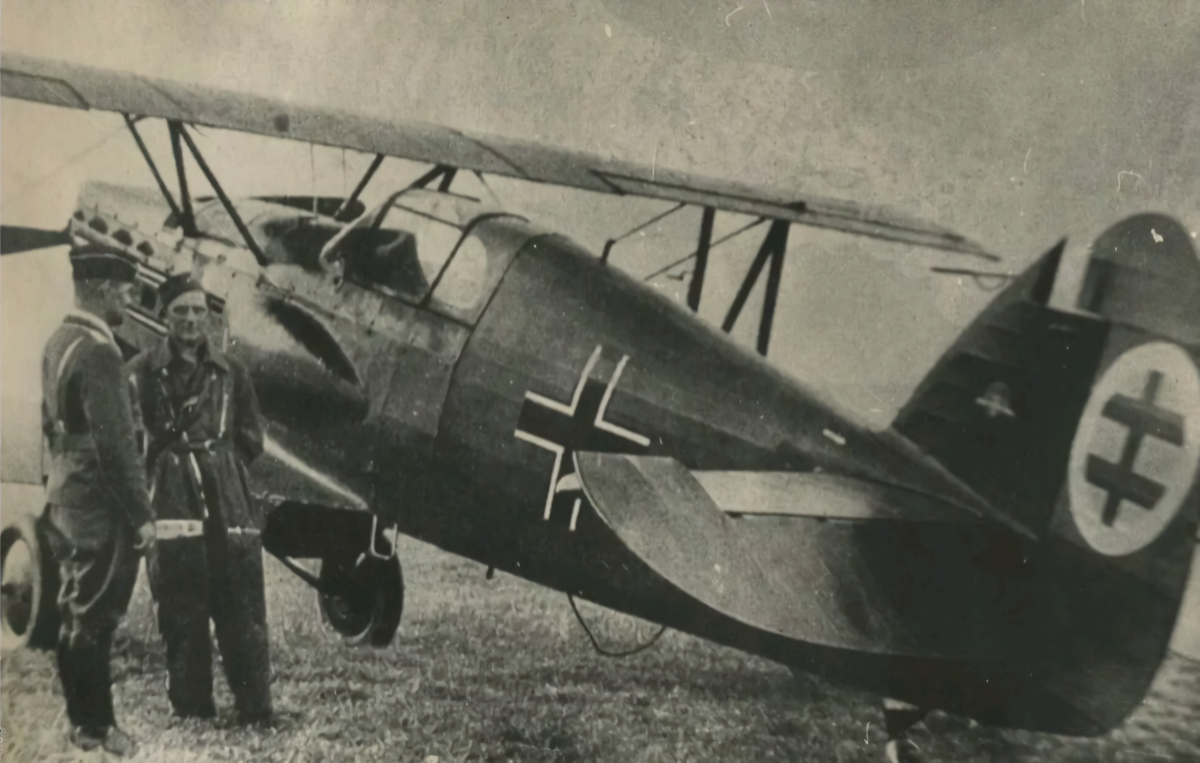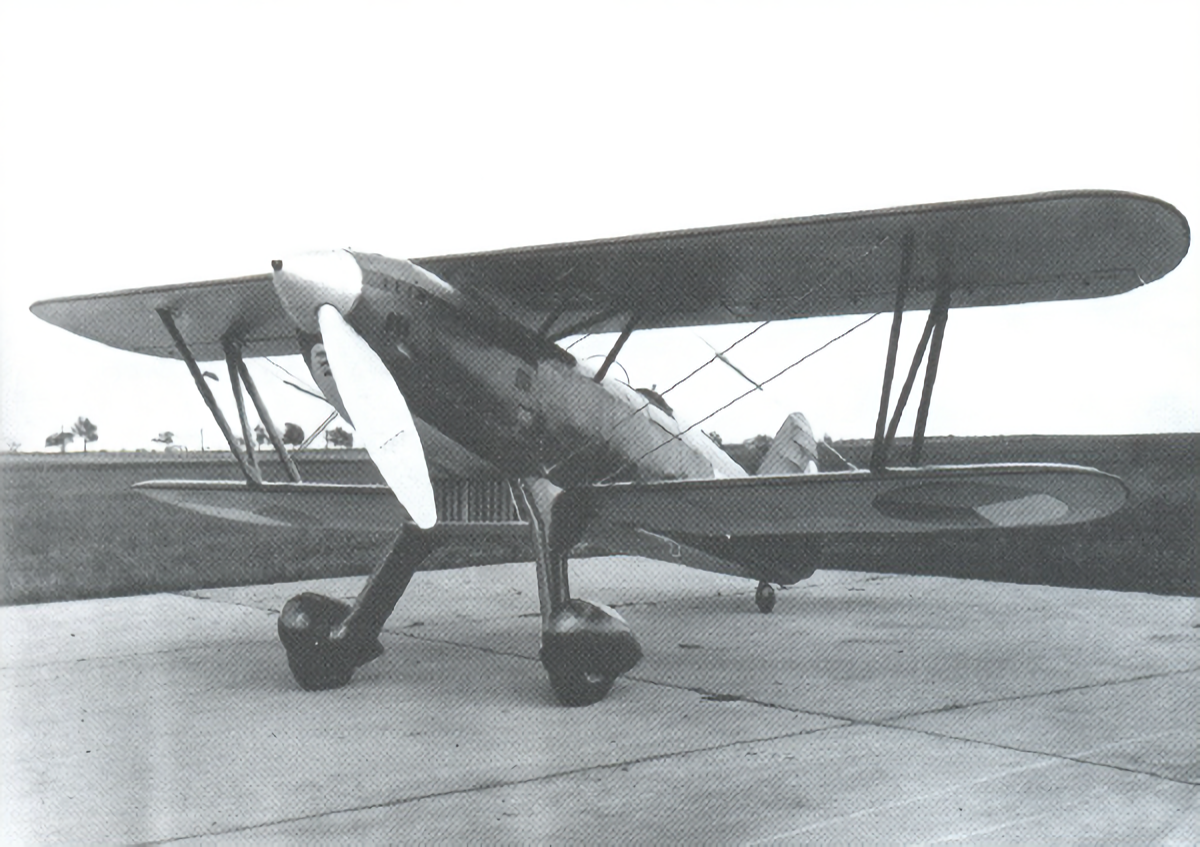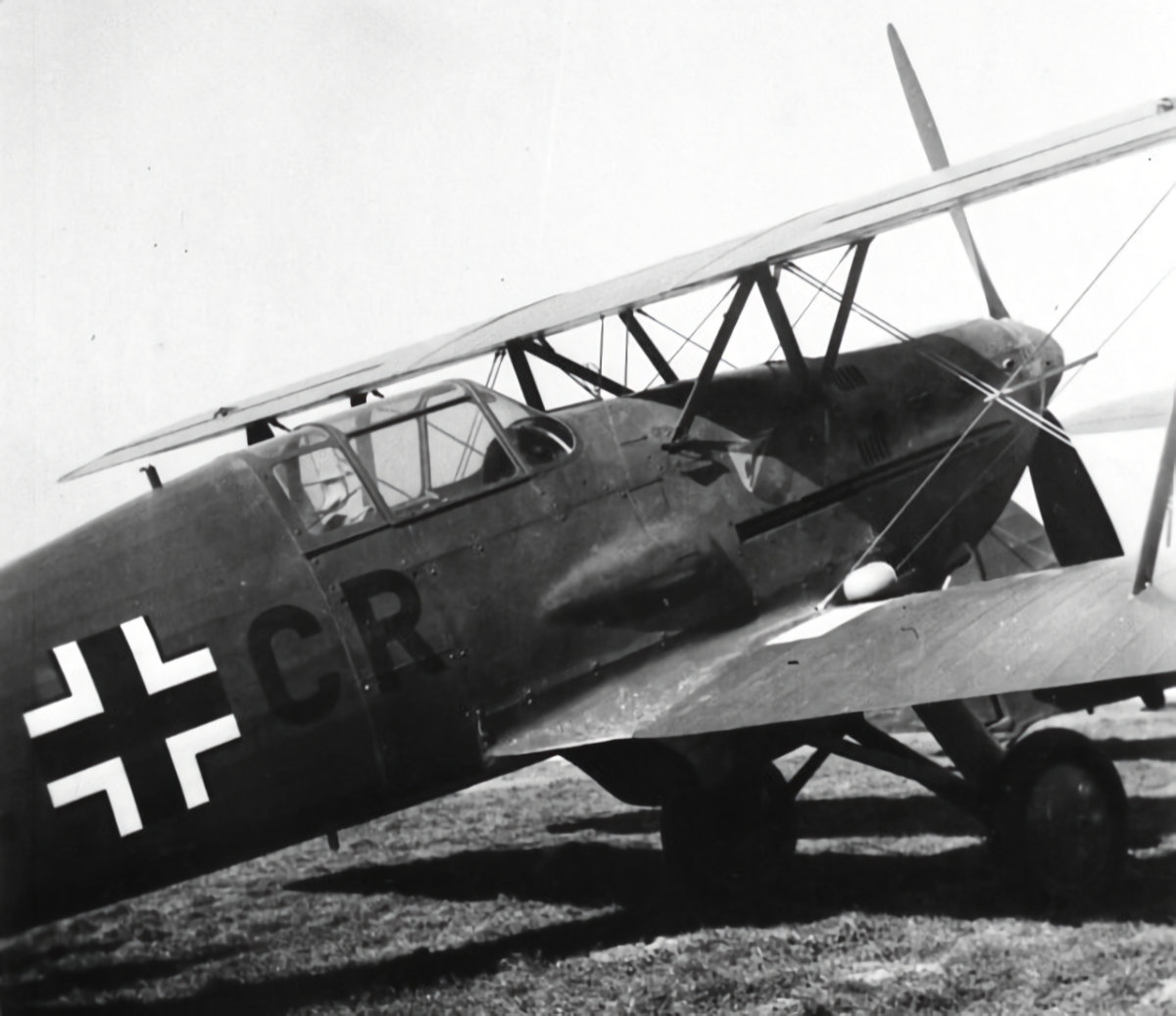Tag: Second World War
-
Avia B-534 in Slovak Service

Avia B-534 in Slovak Service With the partition of Czechoslovalia on 14 March 1939, Slovakia inherited 71 Avia B-534 biplane fighters. Two squadrons participated alongside Luftwaffe units in the invasion of Poland in September 1939. They were later deployed to Ukraine in 1941 during the invasion of the USSR. In 1942, one squadron was returned… Read more
-
Avia B-634 Biplane Fighter

Avia B-634 Biplane Fighter Developed from the Avia B-534 biplane fighter, for the Czech Air Force, the B-634 incorporated numerous modifications in order to increase performance. Despite these changes, and the airframe being significantly more aerodynamically cleaner, it was only marginally faster than its predecessor. This was primarily due to increased weight resulting from the… Read more
-
Avia 534 in German Service

Avia 534 in German Service Germany confiscated a large number of Avia B-534 fighters from Czechoslovakia, subsequently using them as fighter trainers in several fighter pilot training schools. They were also used as glider tugs and target tugs. Three aircraft were fitted with arrester hooks and had their structure strengthened for evaluation as a carrier… Read more